
Paige Peterson is the Executive Vice President of the Huntsman Cancer Foundation in Salt Lake City, Utah, and a board member of the National Council on U.S.-Arab Relations in Washington, D.C.
This photo essay illustrates her visit to Madain Saleh, one of Saudi Arabia’s “hidden treasures.”
![]()
When he was the Kingdom of Saudi Arabia’s Ambassador to the United States, Foreign Minister Adel Al-Jubeir gave me an extended visa. He had two good reasons for doing that. One was professional. I am the Executive Vice President of the Huntsman Cancer Foundation, where one of my missions has been to build alliances with Saudi Arabia’s excellent cancer researchers. The other was personal. As a writer and photographer, I was endlessly curious about Saudi Arabia’s people — and its landscape.
It’s a cliché to say that a picture can be worth a thousand words. These pictures were worth more than that for me — they are the story of a rare and extraordinary adventure. It’s a privilege to share it here.

The Kingdom of Saudi Arabia is located on the continent of Asia. It shares land borders with 8 countries: Kuwait, Iraq, Yemen, Qatar, Oman, the United Arab Emirates, and Jordan. Saudi Arabia’s geography is dominated by the Rub’ al Khali desert, the second largest desert in the world with only the Sahara being larger. The Kingdom’s population is over 28,000,000.
Saudi Arabia is the 13th largest nation in terms of land area. The United States is about 5 times bigger than the Kingdom. Saudi Arabia is four times the size of France, western Europe’s largest country.
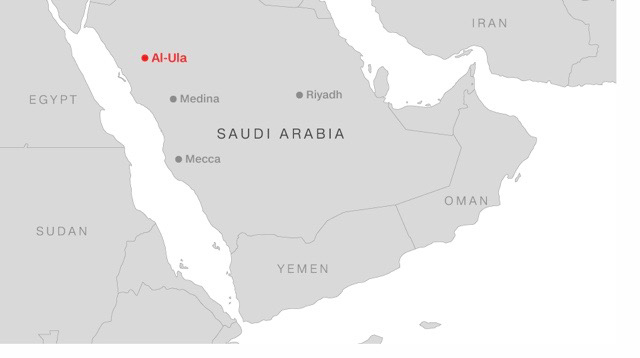
Two bodies of water border Saudi Arabia, the Arabian Sea to the East and the Red Sea to the West.
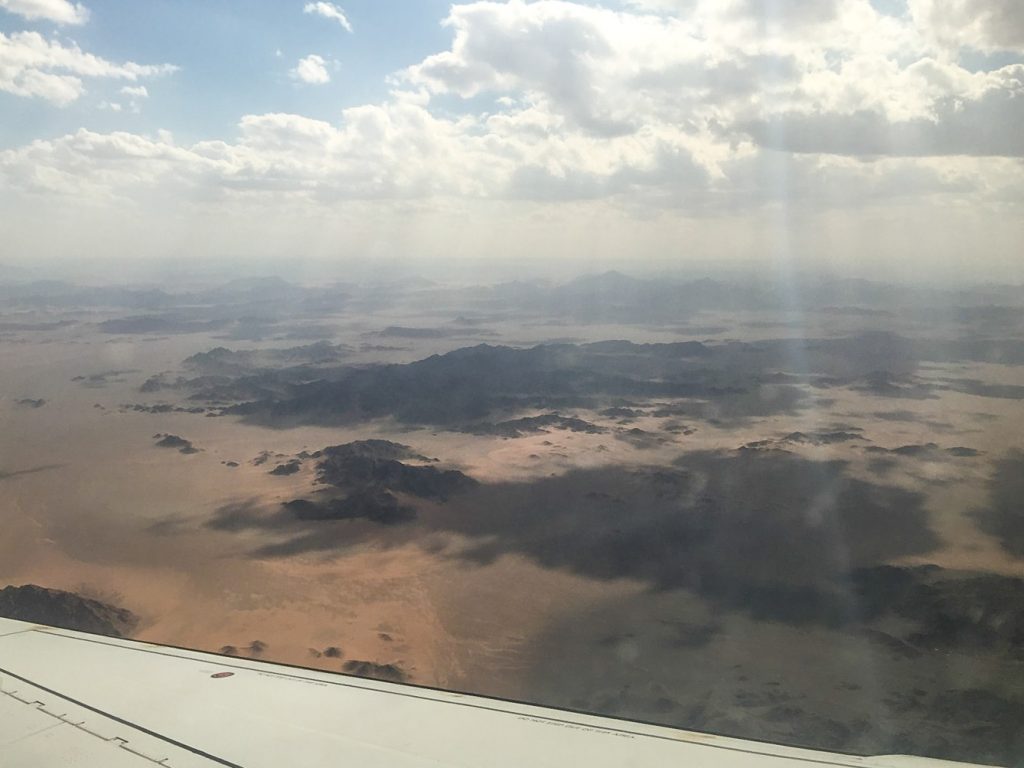
The flight to Al-Ula was one hour and fifteen minutes from Jeddah.
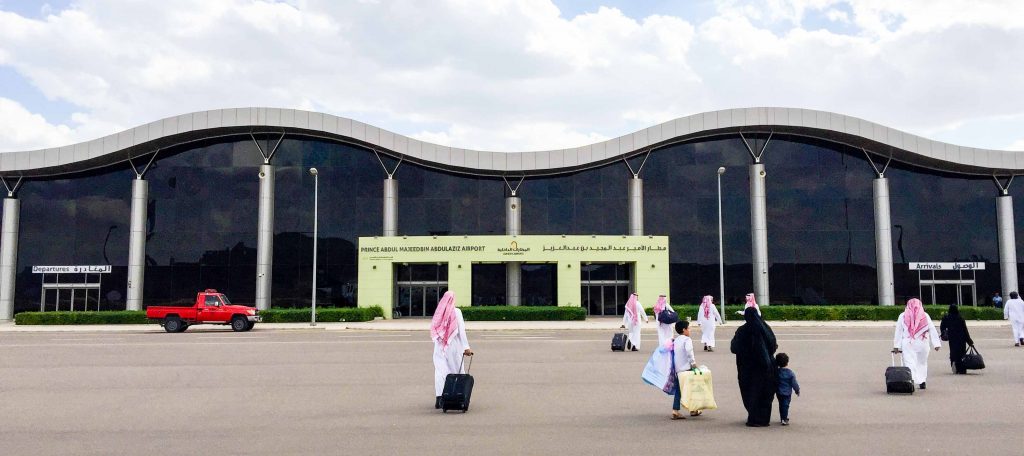
Prince Abdul Majeed bin Abdulaziz Airport.
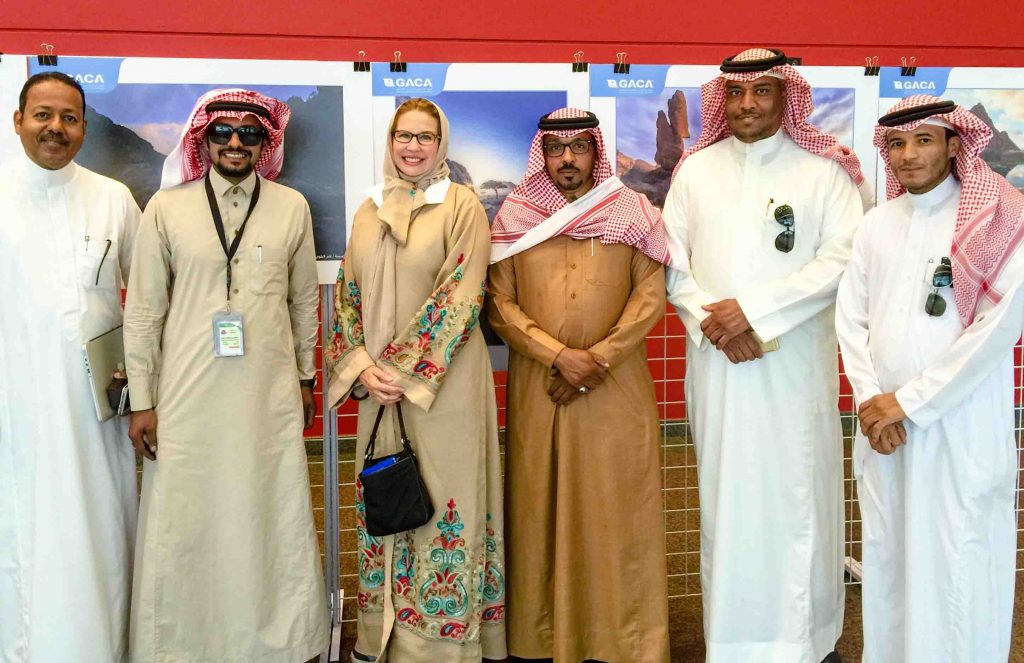
Upon arrival, we were greeted by local nature photographers who had an exhibition of their work at the airport. Notice the distinctive ways men can wear their ghutra (headscarf).



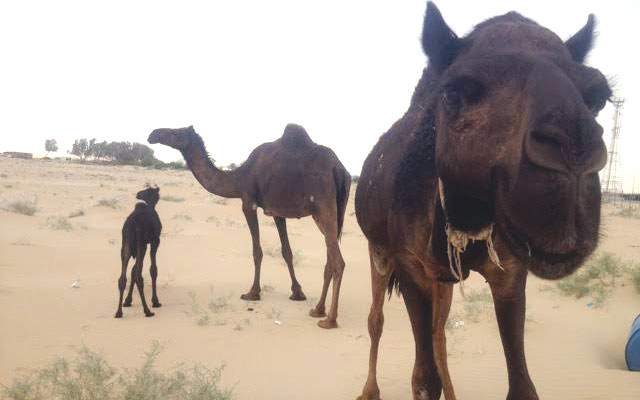


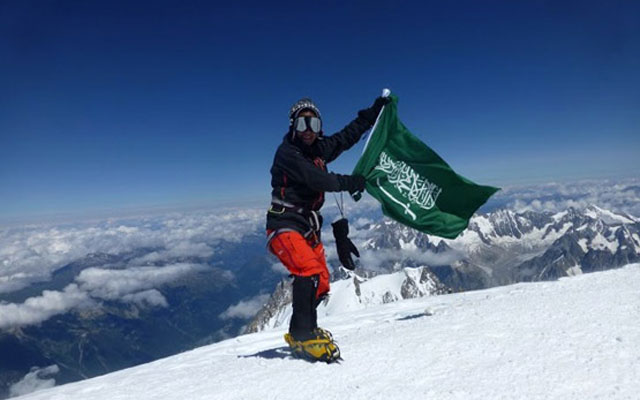
You must be logged in to post a comment.